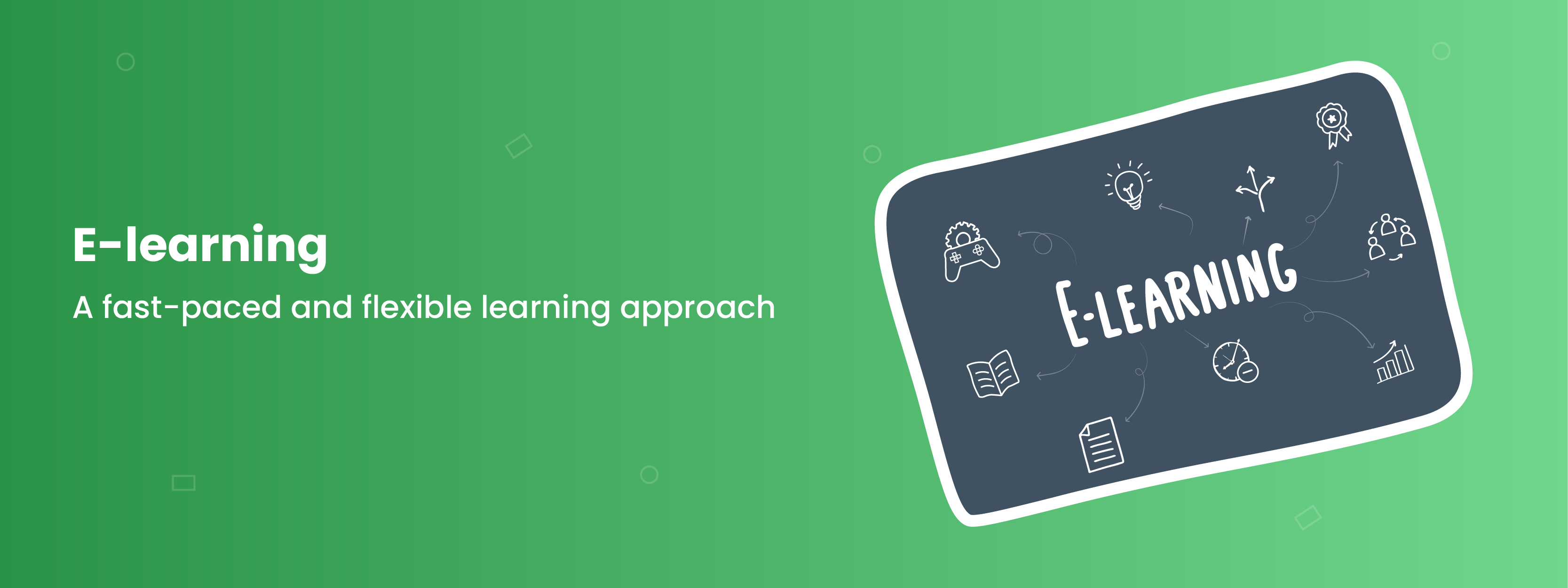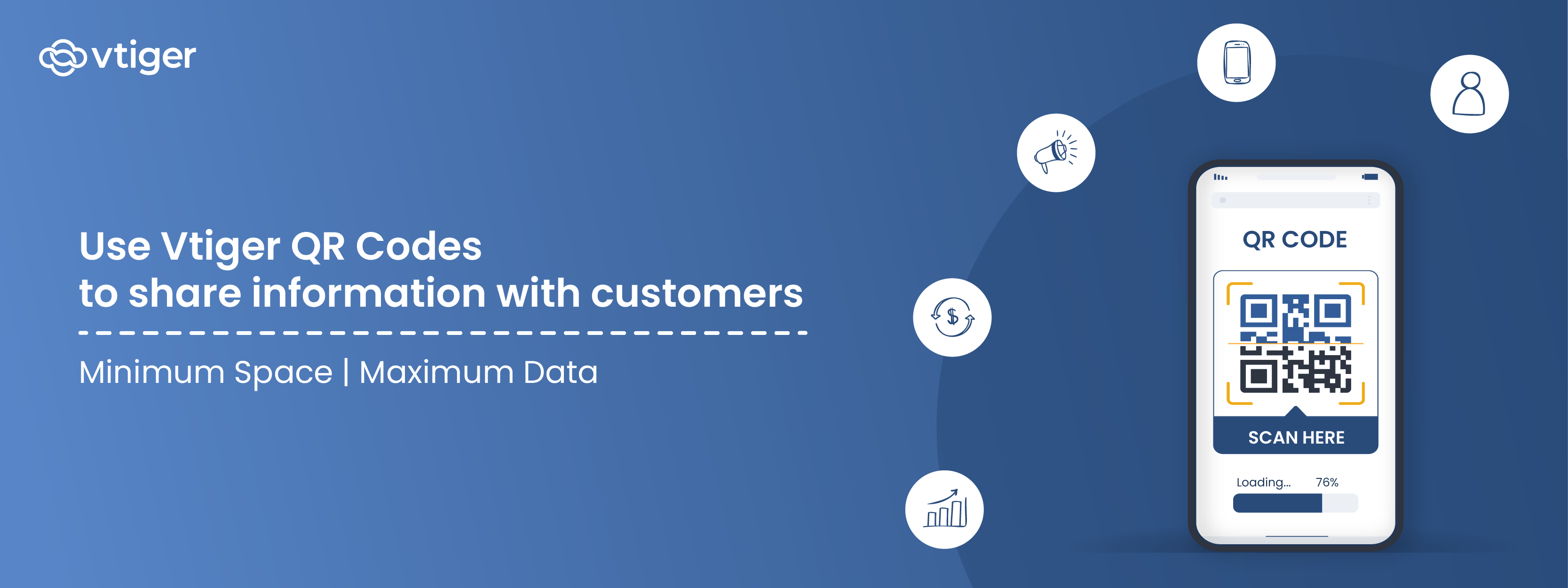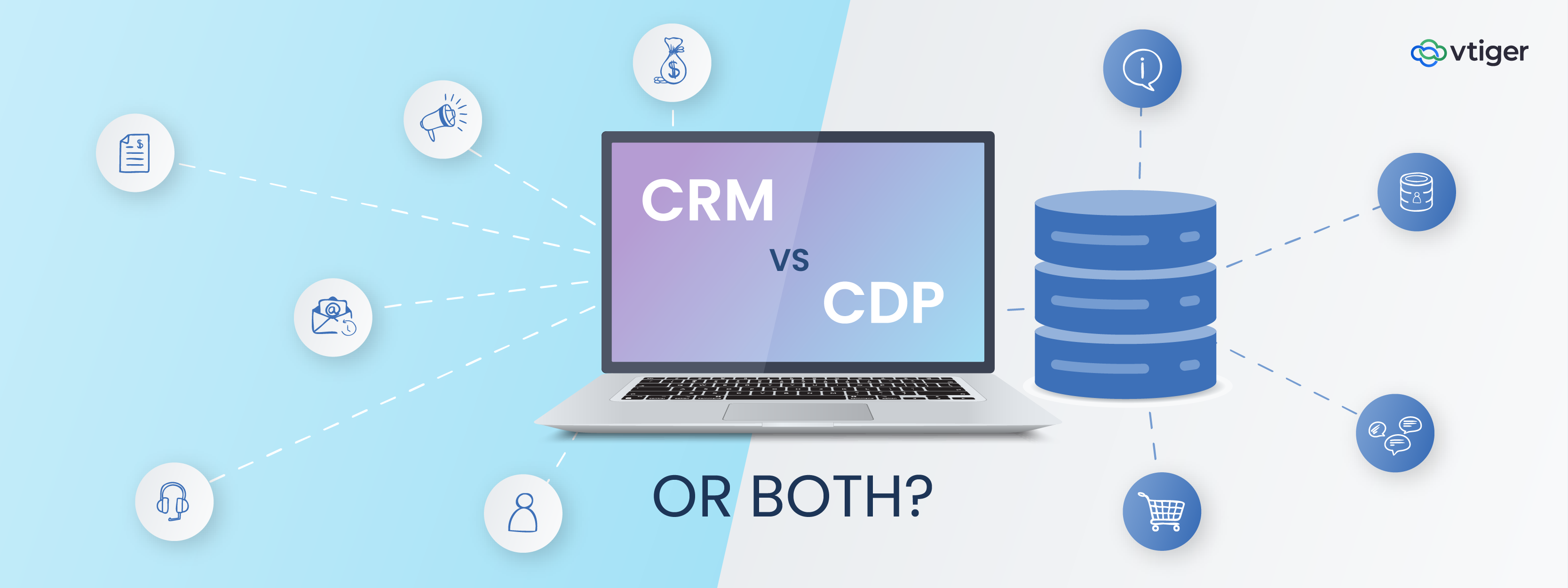E-learning is gaining popularity in organizations for training and onboarding activities. Although the concept of e-learning was in place during the pre-pandemic period its demand shot up with the commencement of COVID-induced lockdown.
A report by Global Market Insights states that the e-Learning Market size surpassed USD 315 billion in 2021 and is projected to observe 20% CAGR from 2022 to 2028. This clearly indicates training and developmental programs becoming digitized in the forthcoming years.
If you are new to the concept of e-learning, let me introduce you to that first below.
What is e-learning
Earlier, we had the concept of distant education where people would study at home mostly and attend classes over the weekend but with digitization, it evolved into e-Learning. Some programs were broadcasted over televisions and radio programs.
E-learning is the practice of delivering or conducting training programs through electronic or digital media. These programs can be recorded sessions or conducted live. Programs can be availed by learners over TVs, computers, tablets, and even mobile phones.
Have you explored e-learning?
Organizations are always on the lookout to provide best-in-class training to their employees, new hires, customers, and partners. Many want to onboard new hires, or train employees to be business ready. You may also want to provide 360-degree information about your business to customers and partners.
Elearning or online learning programs are the best way to do the above since they provide an opportunity for learners to access learning resources anywhere and anytime and acquire relevant skills and knowledge in a hassle-free manner.
For example, regular onboarding sessions about new features will help your sales and customer support teams to provide accurate information to your customers. Your business will be able to build customer loyalty and reduce customer churn. Also, when customers have access to the latest information about your product or service, your business will be able to witness enhanced customer satisfaction which will eventually lead to business growth.
Top four ways to conduct e-learning programs
Where is it said that eLearning cannot be made interesting or interactive. You can adapt different teaching models to make learning exciting and interesting.
Let us look at the top four learning styles that you can adopt to share knowledge in a unique manner below:
- Gamification: The problem that arises with e-learning is to keep learners engaged. As the learner’s attention span is really short, gamification is one of the best methods of learning. Variations in the game, creating leaderboards, displaying names of top performers, and providing incentives are some ways to keep learners interested. For example, you can give badges or vouchers to those who have scored well in the weekly sessions. .
- Storytelling: There are some topics that are boring not just for learners but even for tutors. In that case, these subjects can be taught by using stories, examples, and case studies. They can be supported with characters, graphics, and illustrations. This type of learning method is more suitable for complex topics where you can use real-life examples, humor, etc., to increase the engagement level.
- Bite-sized learning: Instead of providing lengthy courses, you can divide your topics into short modules which will be more effective than delivering an hour-long lecture. You can create courses in the form of videos, infographics, etc., which will help your learners in retention.
- Animation: Animated content allows learners to access information in an engaging way. They can pause and replay the video and learn the subject by having a cinematic experience. By using different animated slides, you can keep learners focused, thus eliminating distractions.
So, what makes e-learning different from the traditional classroom learning method?
The benefits of e-learning over traditional learning

Traditional learning happens in a physical environment. It requires a classroom, an instructor, desks, blackboards, etc., whereas e-learning takes place remotely. It requires an electronic device, e-learning platforms, and an internet connection.
Nowadays, with upskilling and reskilling becoming popular, acquisition of knowledge, and getting updated on the latest tools and technology relevant to respective fields of work has become imperative to employees.
Organizations these days are opting for e-learning over traditional learning methods. Let us understand the reasons behind the popularity of digital learning over the classroom learning model.
Flexibility
Traditional: In the traditional classroom model, instructors and learners have to be in a physical environment for training to be conducted, to ask questions, clear doubts, etc. Then there is the daily commute involved. Sometimes trainers and trainees need to travel to different cities and stay in temporary accommodation which adds to the cost. People may opt-out of training programs because of the travel or costs involved.
Online: In a remote learning system, learning is available 24X7. If programs use recorded sessions, anyone can take up courses at their pace. Also, with a variety of courses available on the digital platforms that appeal to users across all age groups, the approach towards learning is more fun and exciting. Learners can learn anytime without restrictions. They can even interact with their instructors using social media, emails, online video conferencing apps like Zoom, etc.
Increased collaboration
Traditional: The classroom system doesn’t allow instructors and learners to be available all the time. Programs and learning sessions have to be planned and set to a timetable. Due to time restraints, commuting, and other reasons, getting everyone on board to participate in meaningful conversations, debates, and discussions can be pretty difficult. Effective learning only happens when there is effective collaboration between learners and instructors.
Online: eLearning eliminates such hurdles. Learning is available 24X7 and with technological advancement, there are many communication applications available such as Google Meet, Zoom, etc., for video or audio conferencing. Learners can participate in classes, meetings, or discussions using these apps sitting in the comfort of their homes. If you are staying in any part of the world, these modern applications make it easier to engage and collaborate with your peers and tutors.
Convenience
Traditional: In the traditional model, you may have two to three classes per week and you will have to wait till next week to attend the next sessions. This takes a lot of your valuable time and you may even lose the flow of learning.
Online: Online classes give you the option to record lectures and revisit them at the time of need. Instructors can add the learning resources like videos, pdfs, etc in bulk into the learning platform and learners can access them at their convenience. Be it live classes or recorded lectures, with some programs, learners can access them for a lifetime without any interruption.
Cost-effective
Traditional: Educational institutions and organizations will have to invest in infrastructure to impart learning. Costs will include learning material, designated learning spaces, salaried trainers, etc. Costs to learners will include fees for the course, learning material, and commute to their place of learning. With subject matter experts available across the globe ready to impart training, it might not always be feasible to conduct training programs.
Online: E-learning is more often a one-time investment for an organization in terms of learning material. It requires less investment as no physical infrastructure is required as there are no physical classes. You will not be investing in hiring trainers if you go for pre-recorded content in the form of videos. It is relatively cheaper for the learners since they only require a good internet connection and a laptop/mobile to take up learning programs. Travel expenses can also be avoided to avail these programs as it can be taken up at their chosen time.
Reduced learning hours
Traditional: The old-school learning approach doesn’t allow learners to study only what is required. Training programs are designed holistically and students end up spending more time instead of focusing on the requisite content.
Online: Digital learning provides organizations to create custom training programs. It offers the liberty to learners to consume only those topics that are important to them. Curated content and custom training courses help organizations to train and ramp up their resources to match business or project requirements.
Frequent content updation
Traditional: In the classroom system, you will have to rely on your textbooks even if it is outdated till the new version gets printed and published. There is no way to update content on time and provide learners with upgraded learning resources instantly.
Online: With learning resources available in the form of PDFs, word documents, etc., it is comparatively easier and simpler to update the content quickly aligning with the current trends. Learners can stay updated and access fresh content timely with less disruptions.
Would you like to invest in eLearning?
If you are planning to create courses for your customer-facing teams or customers, you can make use of Vtiger’s LMS feature.
Using core LMS modules in Vtiger i.e., Courses, Concepts, Questions, Exercises, and Quiz, you can curate customized programs for learning and development. You can make use of the Instructor Console to publish content and share your courses with learners on the Learner Portal.
Vtiger LMS is available as an add-on for Vtiger One Professional and Vtiger One Enterprise editions.
It is free to use till 31 December 2022. Try it out now by signing up for a 15-day free trial.



